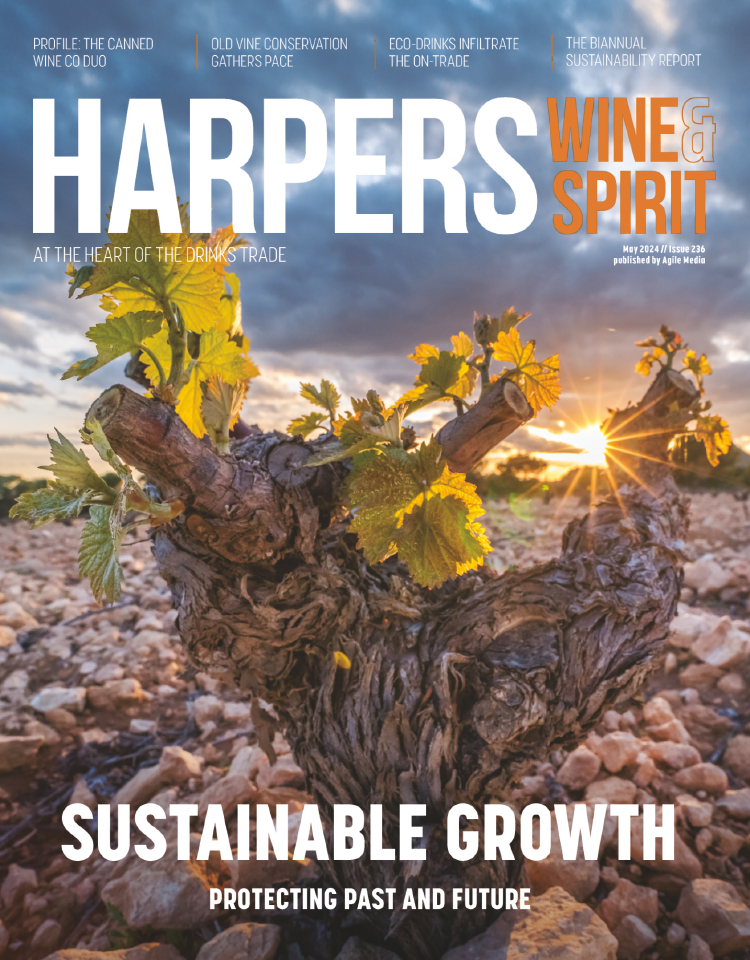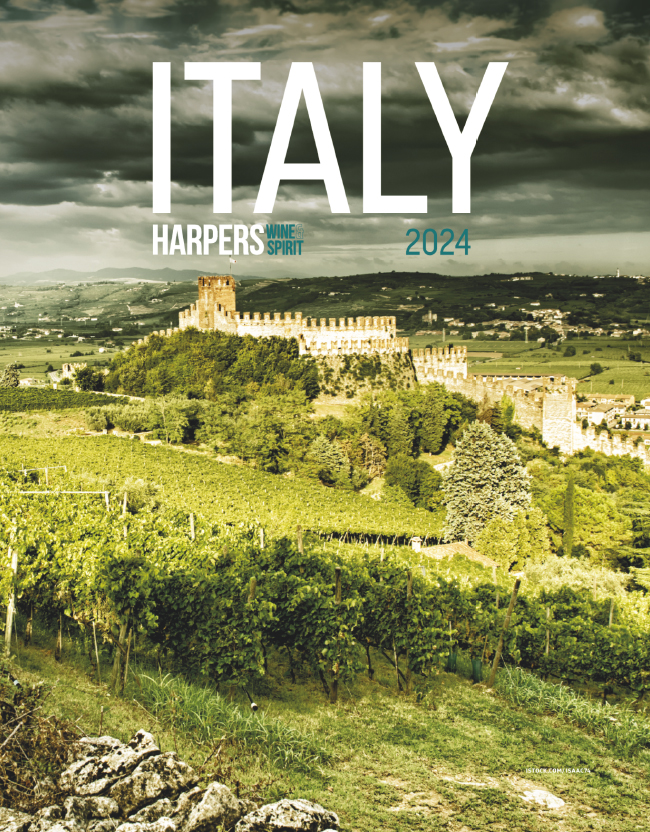
Q&A: Jgor Marini, regional manager, Banfi
How would you describe Banfi’s philosophy and how important is sustainability within that?
From the beginning our philosophy has been to ensure that every action is environmentally safe, socially fair and economically feasible. We firmly believe in this comprehensive approach that involves all stages of the production chain, and as part of this, we have studied our whole estate in detail so that we understand the soils, microclimates and clones. This knowledge allows us to treat our territory respectfully.
Banfi has embraced pioneering techniques and technology in what you describe as a “pursuit of excellence” – could you elaborate on what that means in practice?
After purchasing our vineyards in 1978 we began by conducting a soil study and identified 29 different soil types on the estate. Then, in the 1980s, we embarked on clonal study to better understand the Sangiovese vine. From this we identified 650 clones and for a decade micro-vinified each seperately to identify the strengths and weaknesses of each. From these 650 we selected 18 clones and today these are used to make our flagship Brunello. Of these 18, we made a further selection of three and it is these that we planted in the Poggio alle Mura that surrounds our castle. These vineyards make the Poggio alle Mura Brunello.
To put our soil study into action we have divided each of our vineyards into micro-zones. Every one of these micro-zones is treated as a single vineyard, so we can say that we are a constellation of small, single vineyards rather than one large estate. Each micro-zone is picked, fermented and aged separately and in order to this well we developed and patented a new way of fermenting grapes, called Horizon. Our Horizon tanks are hybrid vessels with a volume of 177hl. Each tank is made from stainless steel and oak so that we can take advantage of the best properties of each. The steel gives us better temperature control while the wood helps us obtain softer, less astringent wines.
What is special about your vineyard sites, in terms of aspect, climate and soils?
The key is to understand the variety of soils, microclimates and clones because it gives us the potential to make a huge combination of potential wines. While it is difficult to manage it is a big advantage for quality wine production.
Millions of years ago our estate was under the ocean, so we not only find minerals, chalk and limestone but also big variations between the top and bottom of every zone. This is why we try to keep the main characteristics of each small corner of the estate by treating them as single vineyards.
It’s also crucial to note that we are working with very low input farming. We use as few additions as possible and, when we do, select low persistent substances that do not remain in the soils and are gentle towards the environment. We work to guard against erosion and have dug 90 miles of water drainage ditches which divert rainfall to our small reservoirs. With these waters we can use drip irrigation when absolutely necessary while ensuring we use environmental resources sparingly.
We have developed and patented a new trellising system called the Alberello Banfi. We did this to find a better solution to working in very poor soils. The Alberello Banfi can be used in the same rows as spur cordon trained vines. It has only four to five canes per plant so needs less nutrition, is limited in size and requires less treatment and fewer cuts when pruning. We have found that reducing the number of cuts has substantially reduced problems related to Esca.
How does this shape the viticultural approach in terms of delivering the best of the terroir?
Our deep knowledge of our vineyards allows us to take advantage of the strengths and characteristics of each micro-zone. We already know which tend to produce different styles of wine, be it more complexity, low sugar or higher tannins, so we can react to the different strengths and challenges of each vintage. When we have a difficult vintage (like 2014 and 2017), while we may lose volume we can still produce a high-quality Brunello by picking the best wines from each zone and either diverting the rest to other wines or eliminating them. In the 2014 vintage, which was cold and wet, many smaller Brunello producers were unable to make Brunello wines but because we have a constellation of micro-vineyards at Banfi we were still able to make a good wine.
From our 170ha of Brunello vineyards we could potentially make 19-20 different single vineyard wines, however we choose to make a smaller number of wines and blend the majority to our flagship Brunello so we have an excellent quality wine each year. This is a big advantage of having a larger vineyard area.
Finally, what’s next for Banfi?
Over the next year we will continue with our all-encompassing approach to sustainability, by which we mean our very broad view of our role in the territory. We are not just selling wines but promoting the whole region with the view that this involves the environment, community and people. Our co-founder, John Mariani, always says we are givers not takers.
In order to spread the word about Brunello and Montalcino we have various education, event and sponsorship programmes which began in 1980 with our Fondazione Banfi. This includes Sangus Jovis, an international research programme and school for Sangiovese, our glass museum, the restoration of a whale fossil found on our estate and the Montalcino Jazz & Wine Festival, one of the longest running in Italy. We also support the Shannon Hotel School in Ireland and give lectures at Cornell University in the United States. Our sponsorship activities include the Eroica, a cycling event for classic bicycles, and the Brunello Crossing, a trail run and walk that seeks to introduce the area to a wider audience.
From an agricultural perspective we are trying to anticipate issues caused by global warming and reduce the need for vineyard treatments while still producing excellent quality wines. Three years ago we established an experimental vineyard where we have planted vines and rootstocks not currently used in the area. These include known grape varieties along with hybrids and crossings. With this vineyard we are seeking to understand how they behave in our environment and how what we learn can help us to face the challenges of the coming years.
In partnership with Banfi.






